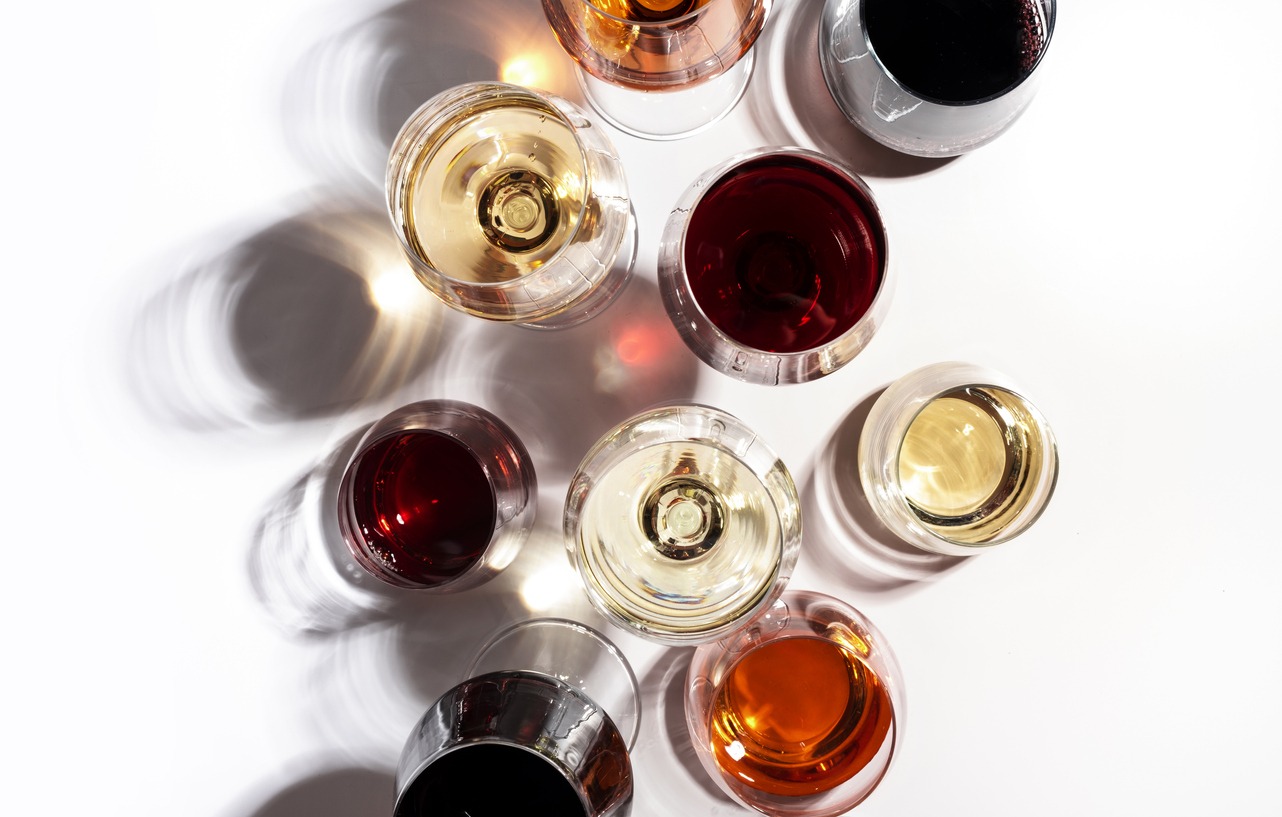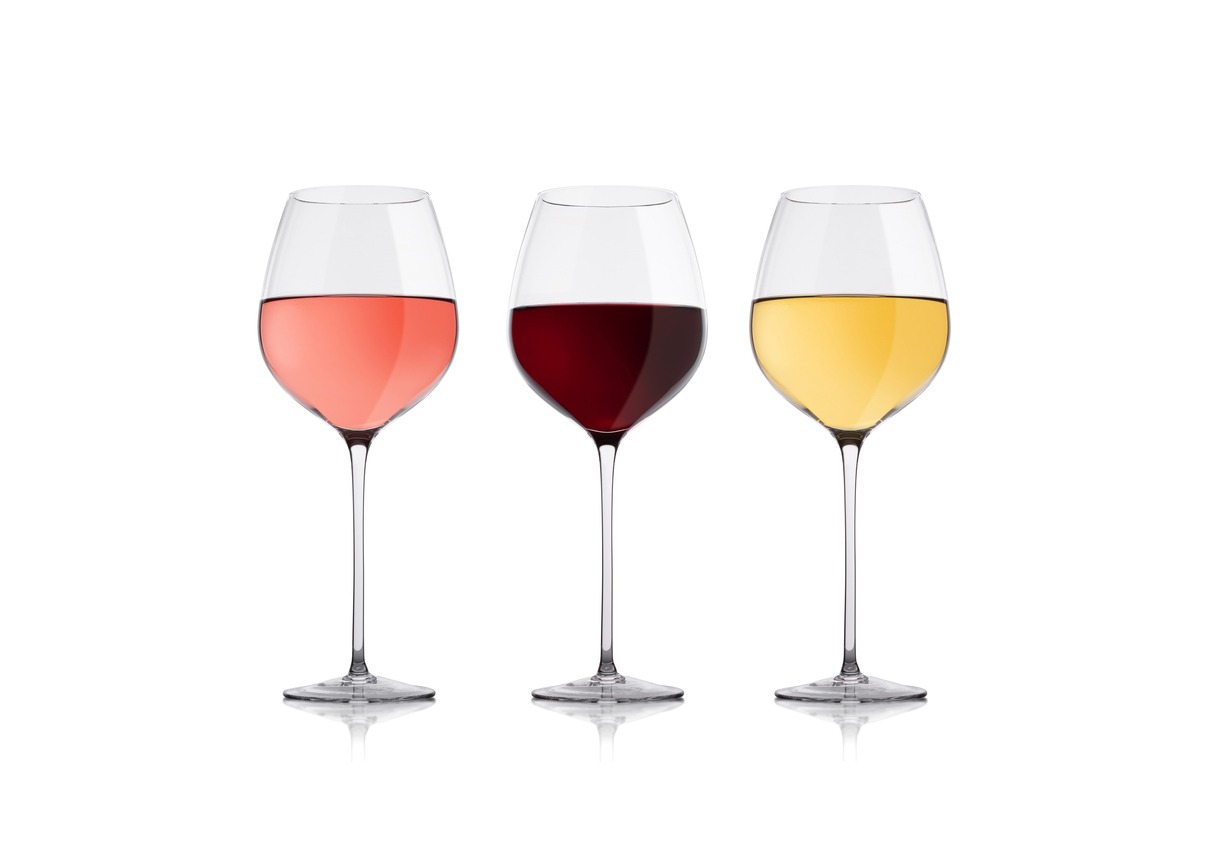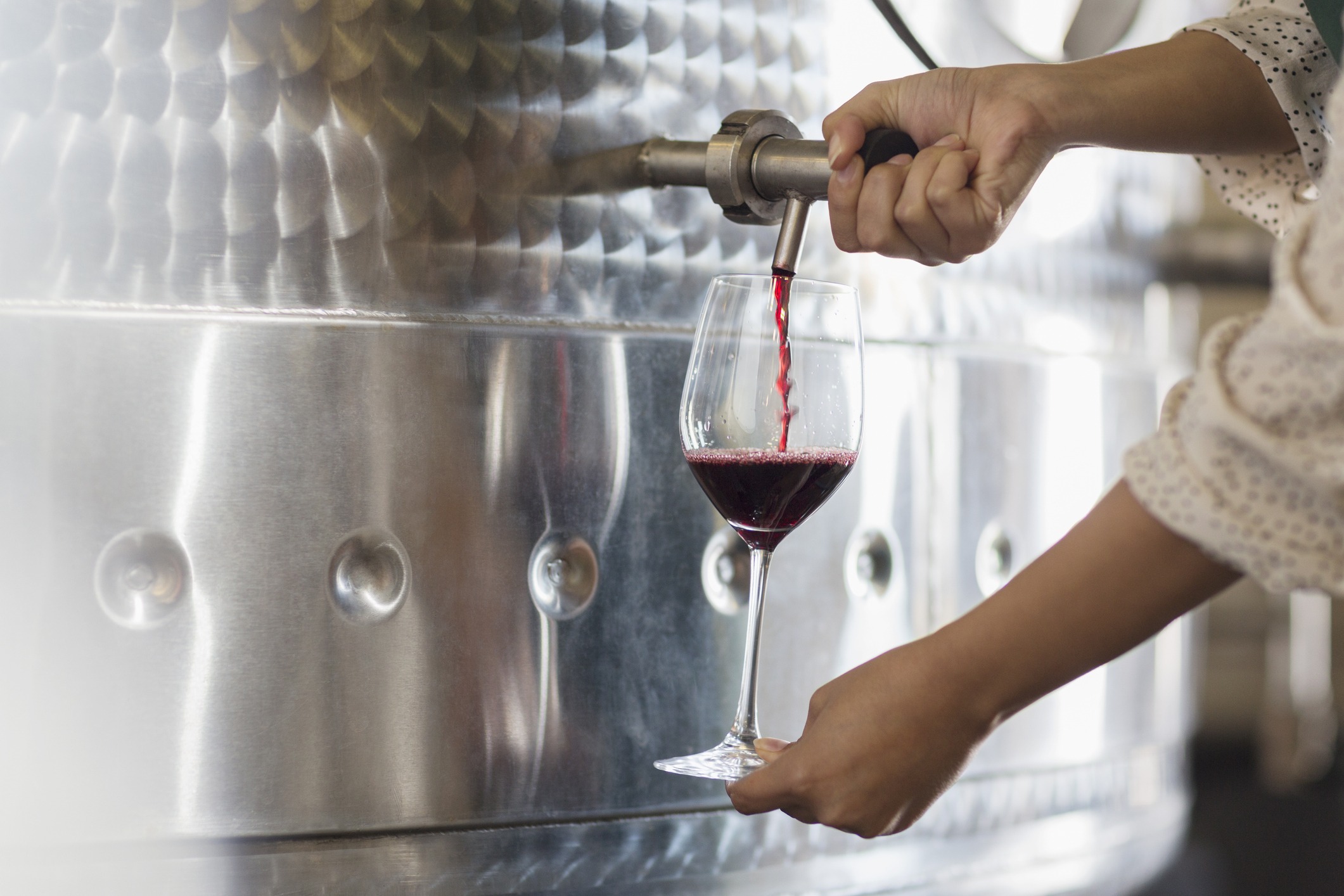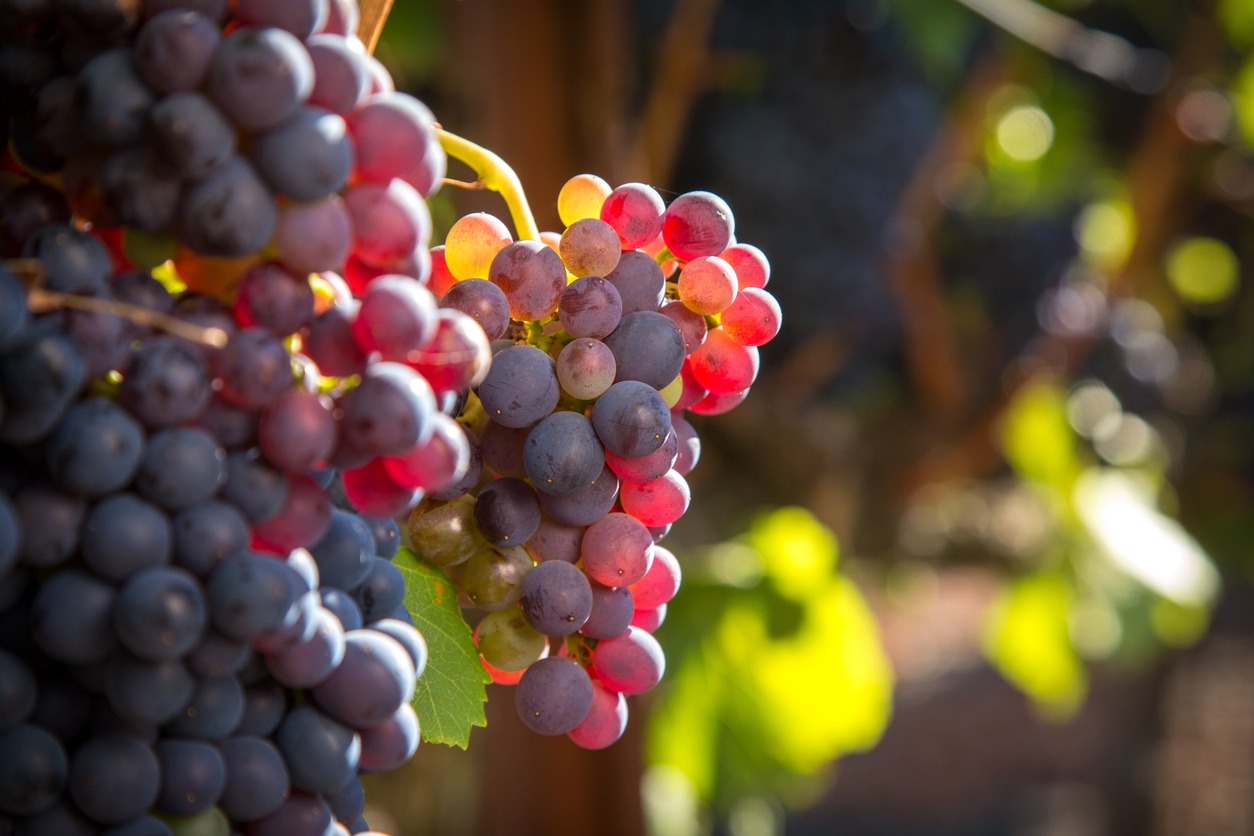Wine enthusiasts often discuss the distinction between dry and sweet wines, two categories that speak to the flavor profiles and winemaking processes that define them. The primary factor that dictates whether a wine will be perceived as sweet or dry is the residual sugar content — the amount of sugar that remains after fermentation. In dry wines, yeast has consumed virtually all of the sugar during fermentation, converting it to alcohol, which results in a wine with less than 1% residual sugar and a lack of sweetness on the palate.
Sweet wines, on the other hand, contain higher amounts of residual sugar, typically more than 5%. This sweetness can occur naturally when fermentation is stopped before the yeast can consume all the sugar or through the addition of unfermented grape juice or concentrate. The sugar levels in the grapes themselves also play a crucial role; grapes harvested later in the season often have higher sugar content, contributing to the sweetness of the final wine.
Experienced tasters might also consider acidity levels alongside sugar content, as a well-balanced acidity can counterbalance sweetness and prevent a wine from seeming overly sweet. This interplay between sugar and acidity is pivotal in creating the vast spectrum of wine styles appreciated around the world. Sweet and dry wines each have their own merits and pairings, making them suited to different culinary contexts and individual taste preferences.
Defining Dry and Sweet Wines
When exploring the vast world of wines, the distinction between dry and sweet wines is fundamental. It is often determined by the content of residual sugar after fermentation, which significantly influences taste.
The Role of Residual Sugar
Residual sugar in wine is the sugar that remains after fermentation has ceased. The quantity of residual sugar is typically measured in grams per liter (g/L). Dry wines contain less than 1% residual sugar. To illustrate:
- Dry Wine: <10 g/L residual sugar
- Sweet Wine: >35 g/L residual sugar
Grapes naturally contain sugars, and during fermentation, yeast converts these sugars into alcohol. If fermentation is allowed to run its course completely, the result is a wine with minimal residual sugar, classified as dry. If fermentation is halted prematurely, the wine retains a higher level of grape sugars, resulting in a sweet wine.
Perception of Sweetness
The perception of sweetness in wine is not solely dependent upon the residual sugar. It is also a balance between several components such as acidity, alcohol, and tannins. While sweet wines have a noticeable sweetness to them, primarily due to higher residual sugar, other factors can affect the perception of sweetness.
For example, a wine with high acidity may taste less sweet than a wine with the same amount of residual sugar but lower acidity. Similarly, wines with higher alcohol content can taste sweeter due to the richness of the alcohol despite having less residual sugar.
Sweetness in wines is perceptible on the palate, and its recognition is key in categorizing the wine as either dry or sweet. However, the actual tasting experience can vary with each individual’s palate and the wine’s balance of sugar and acidity.
Winemaking Process
The winemaking process dictates the sweetness level of wine through the interaction of fermentation factors and the conversion of sugar to alcohol by yeast.
Fermentation Factors
Fermentation is the crucial process that determines whether a wine will be dry or sweet. It occurs when yeast consumes the sugars in grape juice and converts them into alcohol and carbon dioxide. The environment in which fermentation takes place affects the sweetness level of the wine. Factors such as temperature, the type of vessel used, and the duration of fermentation play key roles:
- Temperature: Higher temperatures can speed up fermentation, while cooler temperatures may prolong it.
- Vessels: The choice between stainless steel tanks, open vats, or oak barrels can influence the complexity and taste profile of the wine.
- Duration: The length of time allowed for fermentation can result in varying levels of residual sugar.
Yeast and Sugar Conversion
The type of yeast used and how it interacts with the sugars is essential in winemaking. Different strains of yeasthave varying tolerances to alcohol, which can influence when they stop converting sugar and die off. This balance between yeast activity and sugar levels impacts the wine’s final sweetness:
- Higher Alcohol Tolerance: Yeast that can survive in higher alcohol concentrations will continue to consume sugars longer, leading to a drier wine.
- Residual Sugar: If the winemaker halts fermentation early or the yeast dies naturally, the remaining unconverted sugar will result in a sweeter wine.
The winemaker’s decision regarding when to stop the fermentation process modifies the sweetness level and the alcohol content of the finished wine, making each vintage a unique representation of its winemaking process.
Types of Wines
When exploring the world of wines, the distinction between sweet and dry wines is fundamental. This division is classically influenced by the varietal of the grape and the fermentation process, and is exemplified by popular wines known for their typical sweetness or dryness profiles.
Varietal Influences
The type of grape varietal plays a crucial role in determining a wine’s characteristics. Different grape varieties contain varying levels of natural sugars, which are key to the wine’s eventual taste. For instance, Moscato grapes inherently possess high sugar content, predisposing them to produce sweet wines, while Cabernet Sauvignon, known for lower sugar levels, is more commonly associated with dry wines.
Sweet Wines:
- Muscat
- Riesling
- Moscato d’Asti
Dry Wines:
- Sauvignon Blanc
- Chardonnay
- Tempranillo
Popular Sweet and Dry Wines
The wine’s sweetness level is determined after the fermentation process, when residual sugar remains. Below is a list of well-acknowledged wines typically identified by their sweetness or dryness.
Sweet Wines:
- Dessert Wines: Characterized by high residual sugar, often 7-9% sweetness or more.
- Moscato: Aromatic and typically sweet with a notable fruity profile.
- Port Wine: A fortified wine that comes in both sweet and semi-sweet varieties.
- Ice Wine: Made from grapes that have been frozen while still on the vine, resulting in concentrated sugars.
Dry Wines:
- Cabernet Sauvignon: Offers a robust flavor with a dry profile.
- Chardonnay: Can range from dry to slightly creamy, but commonly made in a dry style.
- Pinot Grigio: Typically light-bodied with crisp acidity and a dry finish.
Sparkling Wines and Champagne can vary, ranging from very dry (‘Brut’) to sweet (‘Doux’). Notably, Freisaand Zinfandel can produce both dry and sweet varieties, demonstrating the versatility within varietal wines.
Sensory Characteristics
In assessing the sensory characteristics of wine, one must consider both the inherent taste and aroma as well as the tactile sensation of mouthfeel and body, each influenced by unique components like acidity, alcohol, and tannins.
Taste and Aroma
The taste and aroma of wine are intimately linked, as aroma contributes significantly to the perception of flavor. A wine’s acidity plays a critical role in its taste profile, providing a sharpness that can heighten the perception of fruit flavors and create a refreshing sensation. Alcohol adds to the overall flavor, often imparting a warmth to the wine. When one mentions a wine as fruit-forward, it suggests that fruit flavors dominate the aroma and taste profile, ranging from citrus and berry to stone fruit and tropical notes.
Dry wines typically have no residual sugar and are characterized by their lack of sweetness, while sweet wineshave higher sugar content, influencing their flavor profile to be more sugary or syrupy. Both types, however, can possess a range of aromatic nuances like floral, herbal, earthy, or spicy notes, contributing to their complexity.
Mouthfeel and Body
Mouthfeel and body describe the physical sensations perceived while a wine is in the mouth. Tannins are particularly influential in red wines, leading to a drying sensation or astringency, which can be felt on the tongue, teeth, and inner cheeks. Wines with higher tannin levels will exhibit a fuller body and more significant mouthfeel.
Furthermore, the wine’s body, whether light, medium, or full, is affected by a combination of factors including tannins, alcohol content, and sugar levels. Wines with higher alcohol and sugar tend to have a more viscous and heavier body, whereas those with higher acidity may feel lighter and crisper. The sensory characteristic of mouthfeel also encompasses the creaminess or silkiness that may be present in certain wines, rounding out the tactile experience of a sip.
Food Pairing and Enjoyment
When pairing food with wine, the goal is to complement or contrast flavors to enhance the dining experience. Dry wines, with lower residual sugar, have a broader pairing potential with many savory dishes. Their lack of sweetness and higher presence of tannins can cleanse the palate and balance the richness of fatty foods.
On the other hand, sweet wines tend to work well with desserts or spicy and salty foods, as the sugar in the wine complements or contrasts the flavors in the dish. Dessert wines, a type of sweet wine, are often enjoyed with or as a replacement for dessert, matching the sweetness level of the final course.
| Wine Style | Characteristics | Food Pairing |
|---|---|---|
| Dry Red | Bitterness from tannins, no detectable sweetness | Steak, hard cheeses |
| Dry White | High acidity, can be fruity | Seafood, light pasta dishes |
| Sweet White | Noticeable sweetness, low to mild bitterness or tannin | Spicy dishes, salty cheeses |
| Dessert | High sugar content, often rich and viscous | Desserts, such as fruit tarts |
Consider the weight of both the food and the wine. Lighter dishes generally pair well with lighter wines, whereas heartier foods can stand up to fuller-bodied wines. The chef and sommelier must strike a balance, ensuring one does not overwhelm the other.
In conclusion, understanding the balance and interplay between wine styles and food can significantly enhance the gastronomic pleasure. Selecting the right wine to accompany a meal is an art, one that can transform a simple dish into an extraordinary culinary adventure.




